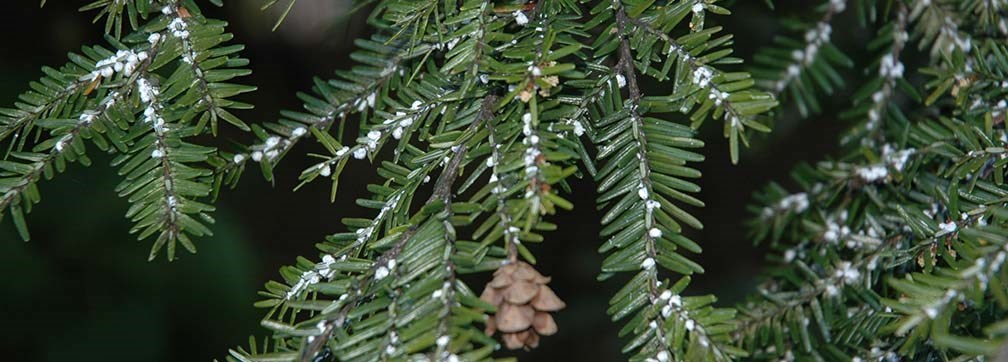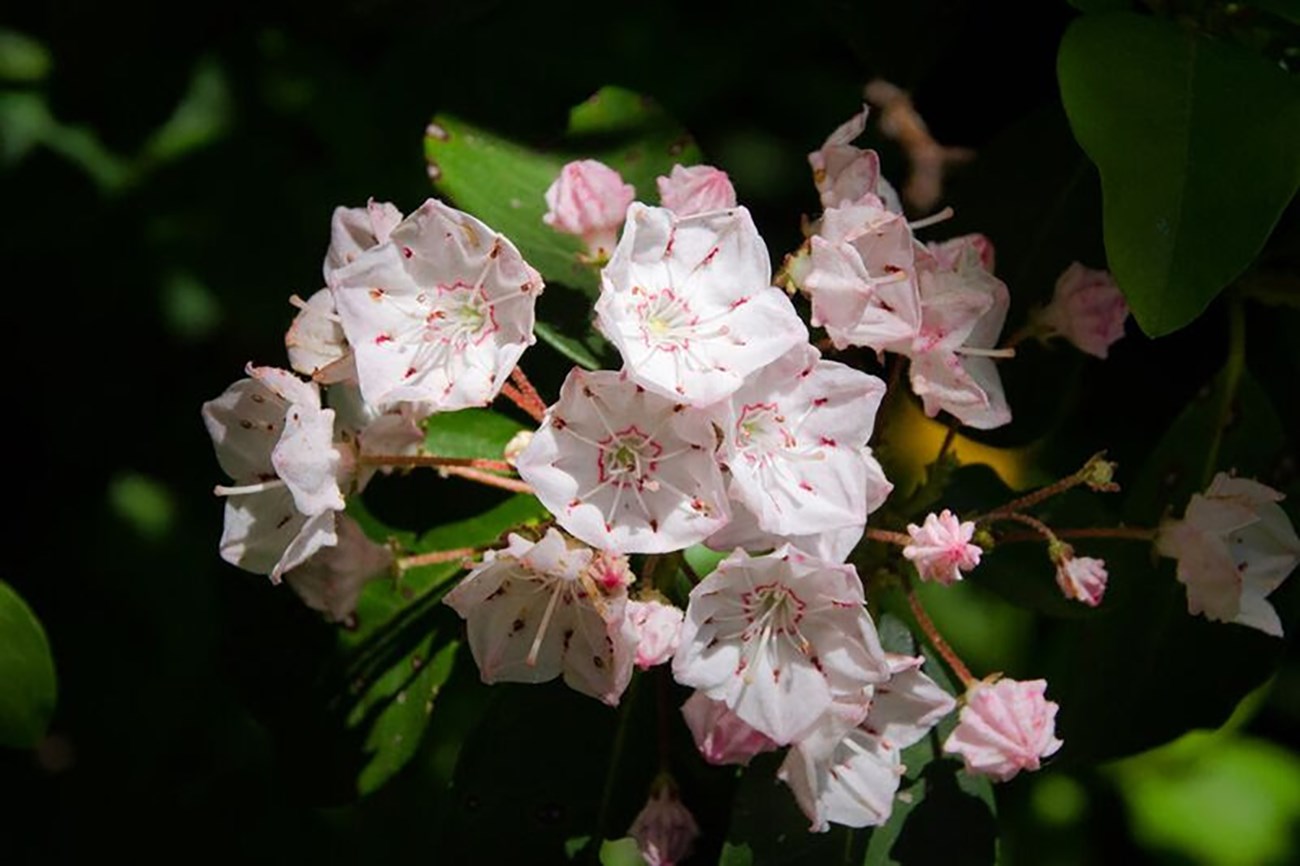
NPS/J. French-Burr A Little About Trees in the Park
Among the commonly found deciduous (leaf-shedding) trees found in the area include white oak, red maple, and shagbark hickory. There are also some forest communities of river birch found along creeks, lakes, and the Delaware River whose stands help to minimize erosion along the banks of waterways. 
NPS Photo A Shrub, by Any Other Name...What's your favorite shrub? Here, we have plenty of shrubs, but our favorites are the flowering ones. Some common shrubs in the recreation area include mountain laurel, Pennsylvania's state flower, which blooms delicate white and pink flowers in June, and rhododendrons. By July, the rhododendrons, with their white flowers bloom, burst to life throughout the park. Old Mine Road, on the New Jersey side of the park, is a great place to see them. |
Last updated: January 11, 2022
